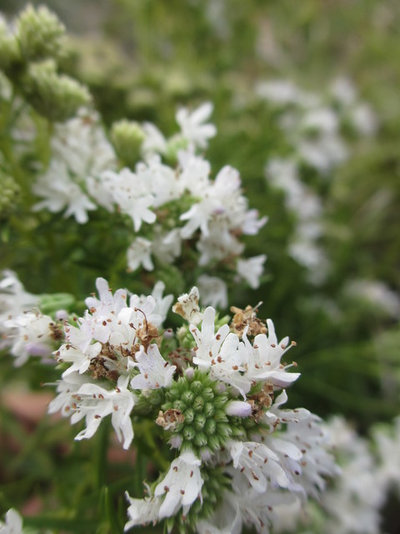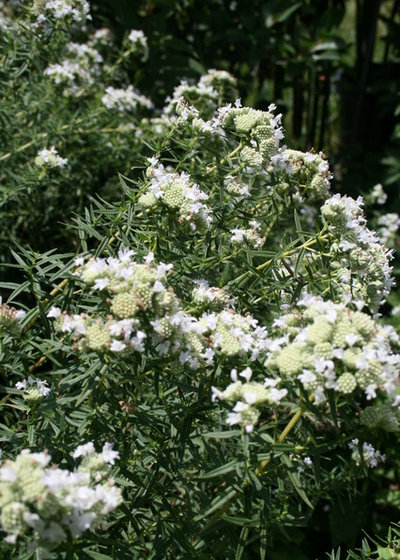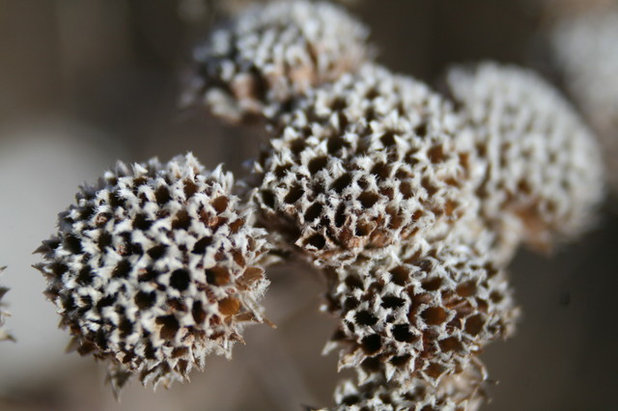I like it when I can suggest a U.S. Central Plains native plant that’s as tough as nails and as important as oxygen. Virginia mountain mint (
Pycnanthemum virginianum) can take almost anything and thrive while being a bona fide nectar source for pretty much every insect in existence. Plus, the leaves smell fantastic — I rub them on the backs of my hands so I can bring the garden with me wherever I go. Leave the plant up for winter to shelter birds and give the garden four seasons of life, then sow the seeds any time of year for easy and gorgeous blooms.

Benjamin Vogt / Monarch Gardens
Botanical name: Pycnanthemum virginianumCommon name: Virginia mountain mint, mountain mint
Origin: Native to the Central Plains, northern and eastern Midwest, and New England
USDA zones: 3 to 7 (find your zone)
Water requirement: Moist to dry (it’s adaptable)
Light requirement: Full sun to partial shade
Mature size: Slowly spreading clump to several feet
Benefits and tolerances: Insect magnet (every kind visits); leaves are great for tea; easily dividable and shareable
Seasonal interest: Tons of long-blooming flowers from mid- to late summer. In winter the gray seed heads look like little poms.
When to plant: Spring to fall

Benjamin Vogt / Monarch Gardens
Distinguishing traits. Brush by this plant and you’ll be minty, yet unlike other mints this species is not aggressive. Butterflies, bees, moths, beetles … everyone comes for a visit, especially insects you’ve never seen before. I suggest grabbing your kids and cataloging the unique insect species that drop by — the range is unlike any other native perennial’s.
How to use it. A good moon garden plant, too, Virginia mountain mint takes almost any soil from dry to wet, sandy to clay based, and prefers full sun to a 50/50 mix of sun and shade. This is a native that helps out insect populations — songbirds depend upon it to feed their young — and is easily shared with friends as a division or as a tea or baking ingredient.

Benjamin Vogt / Monarch Gardens
Planting notes. In winter the flower heads hold microscopic seeds deep within, and they still smell minty all through the snows and rains.
If you don't like dividing plants, take the supereasy route: Just crumple the flower heads between your hands over bare soil to release the seeds. They don't need any cold stratification or pretreatment, so even in spring you can go out and spread them on the soil's warm surface.





